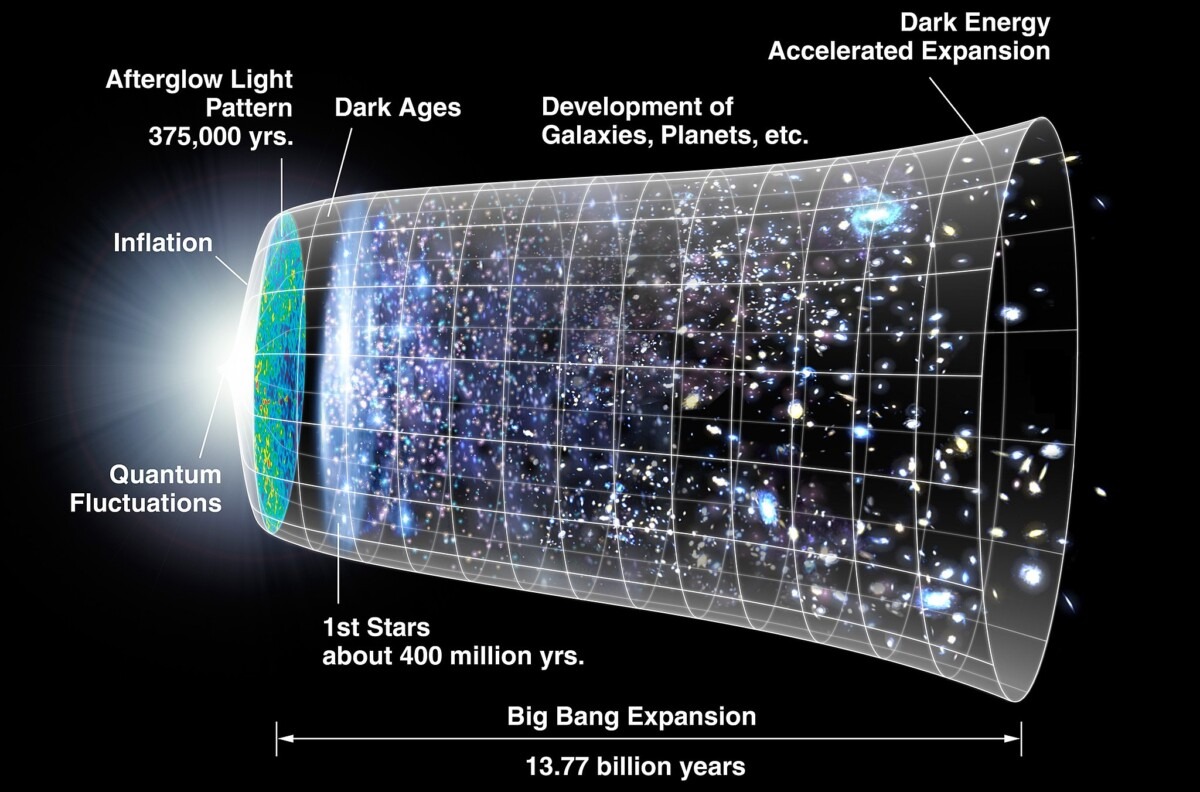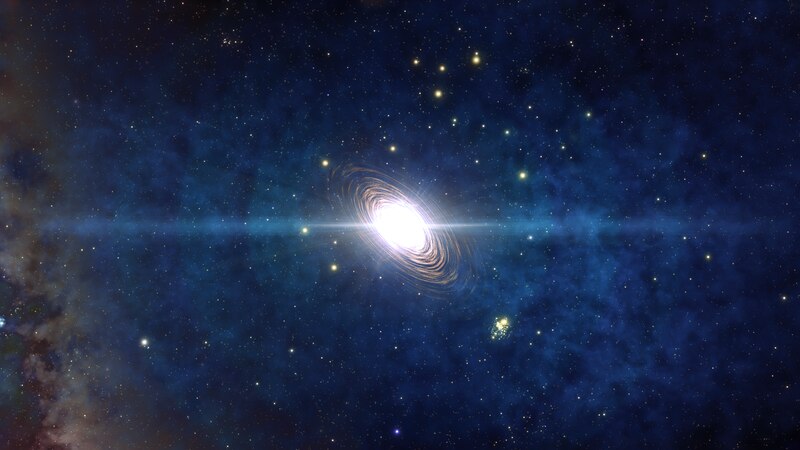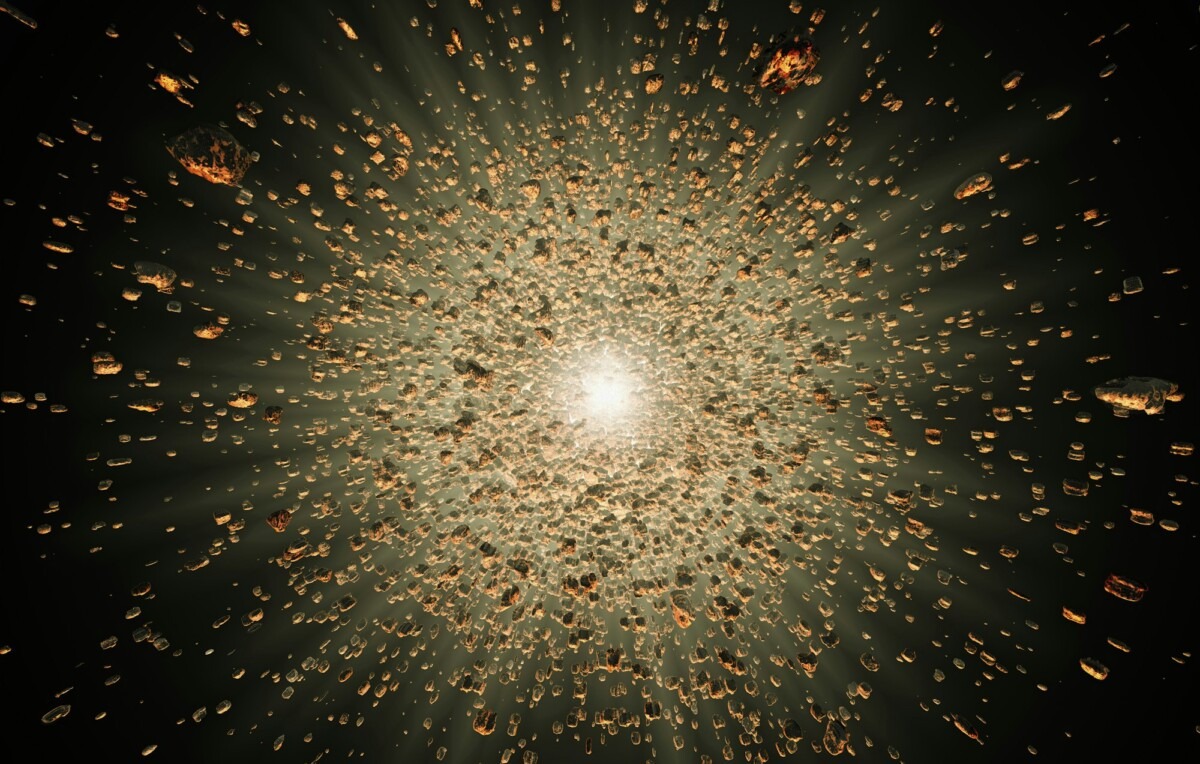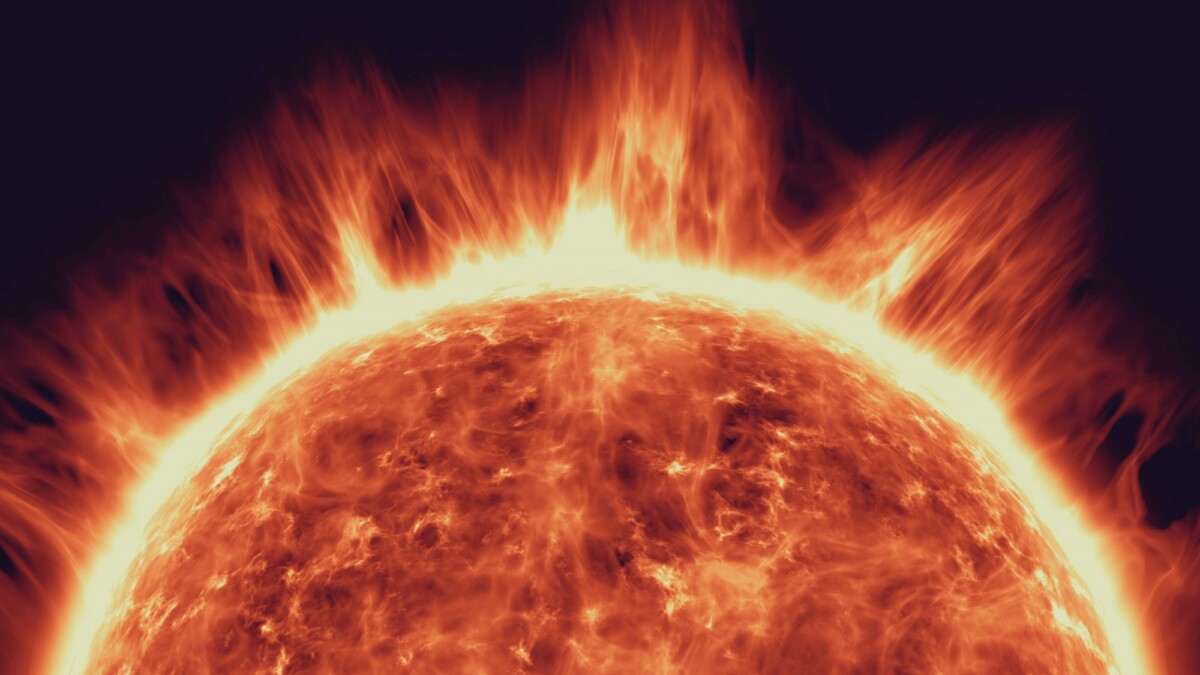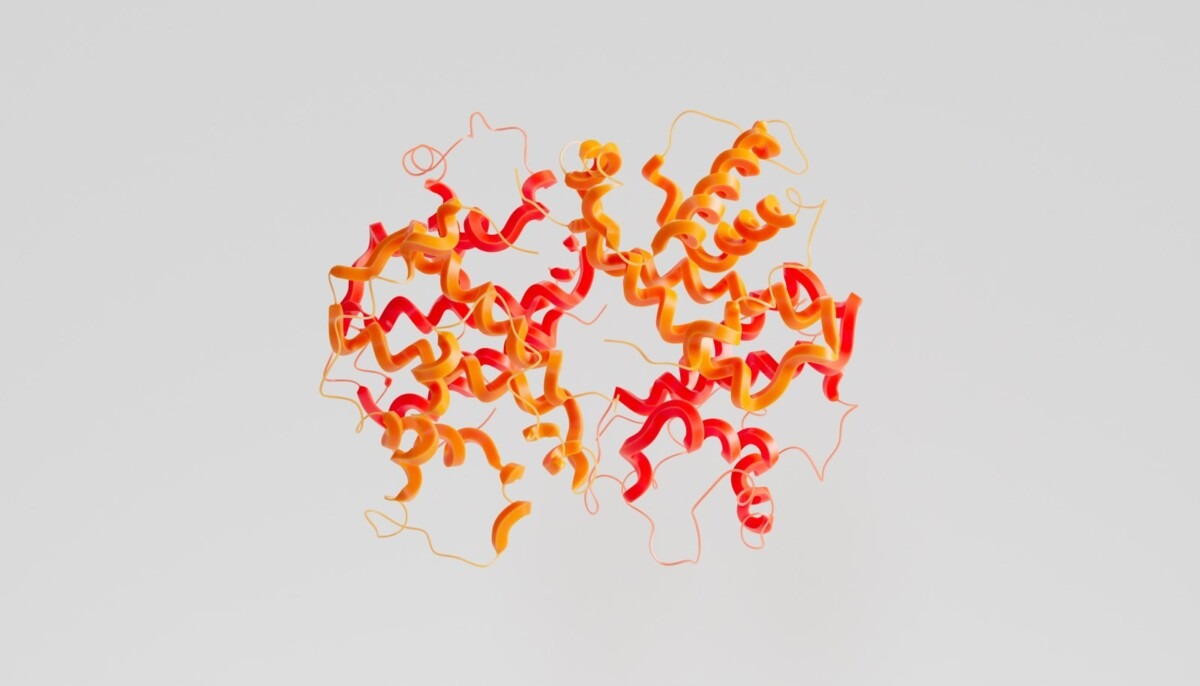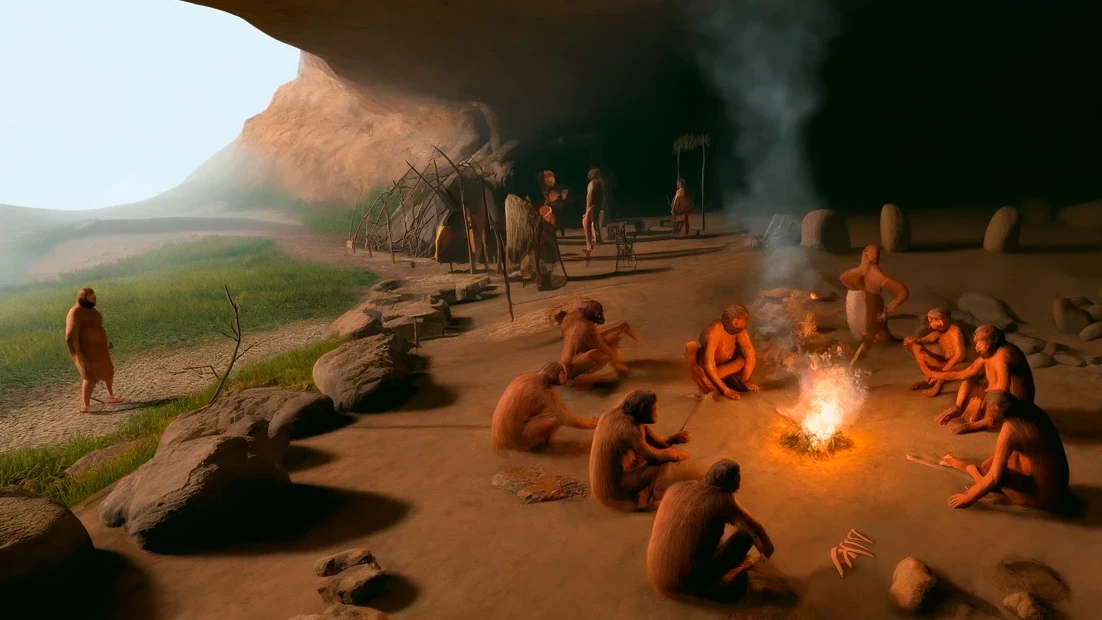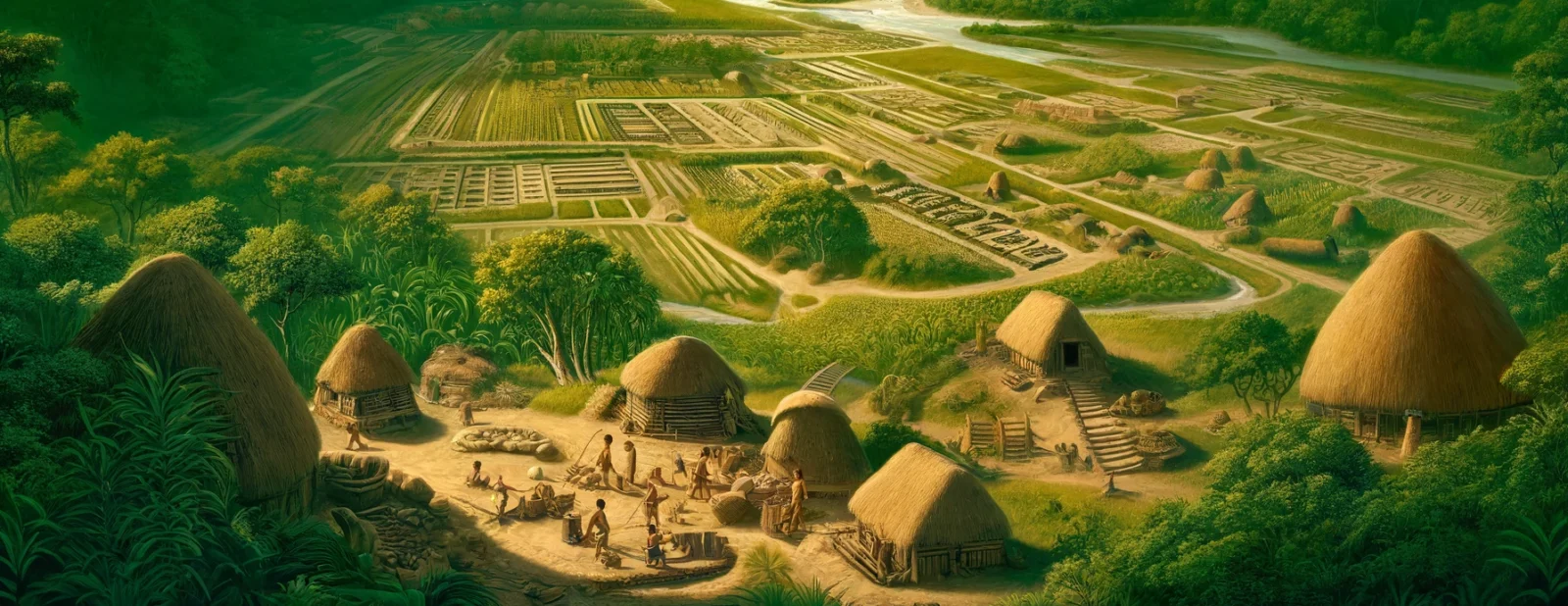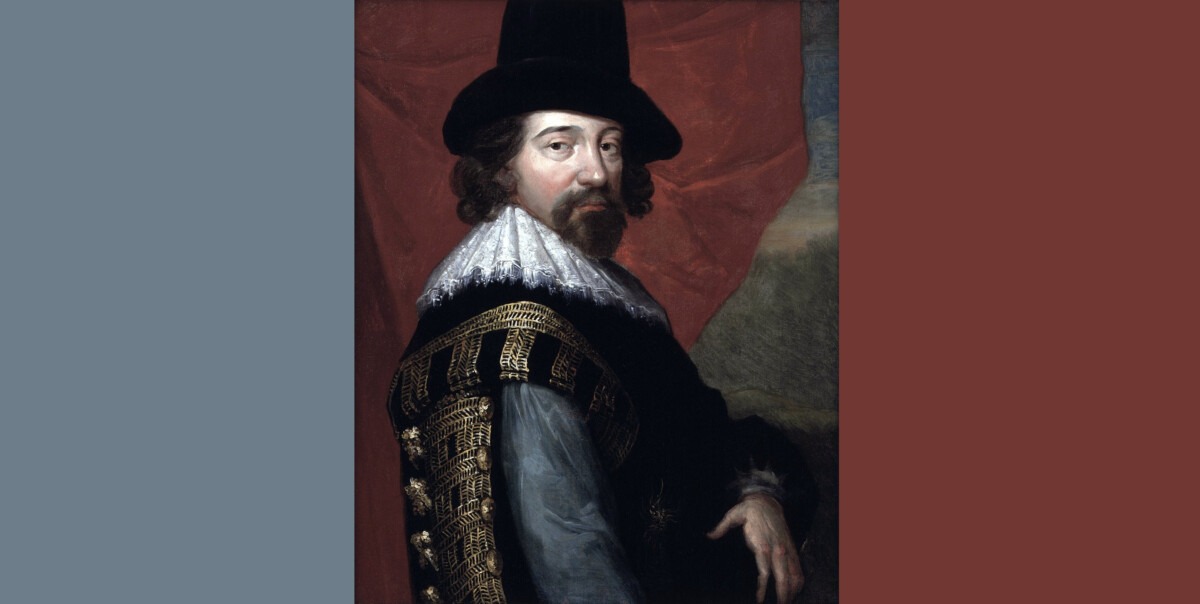This timeline presents the eight great thresholds of Big History, a comprehensive framework that charts the evolution of the universe from its inception to the present day. Each threshold marks a pivotal moment when new complexities emerged, fundamentally altering the course of history. From the Big Bang to the rise of modern technology, these thresholds encapsulate the critical transformations that have shaped our universe, our planet, and the human experience. Through this journey, we explore the interwoven fabric of events that have driven the expansion of complexity and connectivity in the cosmos, offering insights into the past and implications for our future.
Big History Thresholds Timeline
30 Phil, Chapter 1 Touchstone 1 of 80: Big Bang.
Immediately following the state of the singularity, the universe entered a phase of rapid expansion and cooling, known as the Big Bang Expansion. This critical period signifies not an explosion in space but the very expansion of space itself, from an incomprehensibly dense point known as a singularity. For more, check out: The Expanding Universe Explained.
Big History Thresholds: 1=Big Bang | 2=Stars&Galaxies | 3=Chemicals | 4=Solar System | 5=First Life | 6=TI | 7=Agrarian | 8=Science
Big Bang: Threshold 1 in Big History is the creation, or beginning, of our universe.
Legacy: First 26 elements of the periodic table of elements.
After a few hundred million years, gravity continued to play its part, drawing atoms into an intimate collapse, giving birth to the very first stars and galaxies. These first stars, known as Population III stars, were stellar giants: massive, hot, and short-lived; they burned for just a few million years, likely with no planets to keep them company. None of these titans still illuminate the cosmos today. Their legacy is the creation of increasingly heavier elements, starting with carbon, nitrogen, and oxygen, and continuing up to iron with its 26 protons.
Big History Thresholds: 1=Big Bang | 2=Stars&Galaxies | 3=Chemicals | 4=Solar System | 5=First Life | 6=TI | 7=Agrarian | 8=Science
Stars Light Up: The formation of the first stars marked the second threshold. These stars forged the first heavy elements in their cores, which are essential for the creation of everything from planets to human life.
The synthesis of simple organic molecules such as formaldehyde (H₂CO), methanol (CH₃OH), and simple hydrocarbons in the dense molecular clouds of the interstellar medium occured once sufficient carbon was present. This process has been ongoing for billions of years but became more prevalent as the universe aged and more carbon became available.
Big History Thresholds: 1=Big Bang | 2=Stars&Galaxies | 3=Chemicals | 4=Solar System | 5=First Life | 6=TI | 7=Agrarian | 8=Science
New Chemical Elements: With threshold 3, the Periodic Table expands. While Big History dates this to the expansion of elements about 13.5 billion years ago, I’m showing it in my timelines a bit later at 10 BYA, when those heavier elements started forming molecules. This helps bridge the gap from elements to life.
4.6 billion years ago, a cloud of gas and dust collapsed under the force of its own gravity to form our solar system.With the Sun at its center, glowing, the planets had not yet formed. The Sun, a G-type Population 1 star, shines brightly with a surface temperature of about 9,400 degrees, 5,500 Kelvin, and a lifespan of about 10 billion years.
Big History Thresholds: 1=Big Bang | 2=Stars&Galaxies | 3=Chemicals | 4=Solar System | 5=First Life | 6=TI | 7=Agrarian | 8=Science
Formation of Solar System and Earth: The 4th threshold is the forging of our Solar System.
The appearance of self-replicating molecules, such as RNA or similar nucleic acid analogues, signified a monumental leap towards life. These molecules had the ability to store genetic information and catalyze their own replication, laying the foundational mechanism for heredity and evolution by natural selection, driving the complexity forward towards the emergence of life as we understand it. While none survive today, viruses are an interesting related non-life thing. Another interesting and related thing in modern life are plasmids and transposons. In bacteria and some other organisms, these DNA molecules replicate independently of the host’s chromosomal DNA. While they are part of complex cellular life and rely on the cell’s machinery for replication, their ability to replicate independently echoes the autonomy of early self-replicating molecules.
- Domain: Pre-domain or none > Kingdom: Not applicable
Big History Thresholds: 1=Big Bang | 2=Stars&Galaxies | 3=Chemicals | 4=Solar System | 5=First Life | 6=TI | 7=Agrarian | 8=Science
Life on Earth: The 5th threshold is life on Earth.
The dawn of collective learning can be traced back the oldest known stone tools, discovered at Lomekwi 3 in Kenya. The creation of these tools required more than just individual innovation; it involved the rudimentary form of collective learning, where knowledge of toolmaking was shared within groups. This early transmission of skills not only enhanced survival and adaptation but also marked the beginning of cultural accumulation—a fundamental characteristic that would define human societies.
Collective learning is the 6th threshold in Big History. While they place it at about 200,000 years ago, I recrafted it as Trasendental Intelligence and moved it back to 475,000 years. Collective learning, likely started with cultural transmission and the making of tools is a good example. If you agree, then collective learning moves back to at least 3.3 million years ago.
Transcendental Intelligence (TI) likely emerged around this time in species like Homo antecessor and Homo heidelbergensis. Species such as these mark a compelling case for the early development of TI: the ability to store information outside the mind and across generations. This would likely take the form of stories, art, or something like a symbolic marking of an area used as a warning to stay away.
Analysis: Although direct evidence of art or jewelry from this era remains elusive, the sophisticated crafting techniques observed in later Neanderthal and Denisovan artifacts, suggest advanced cognitive abilities capable of TI including symbolic thought and advanced tool making. Denisovans are thought to have split from Neanderthals in Europe about 450,000 years ago, and Homo sapiens branched off in Africa about 315,000 years ago. The speculation that TI developed during this time is grounded in the understanding that the cognitive prerequisites for such advancements—complex problem-solving, abstract thinking, and perhaps rudimentary forms of symbolic communication—were likely present.
Big History Thresholds: 1=Big Bang | 2=Stars&Galaxies | 3=Chemicals | 4=Solar System | 5=First Life | 6=TI | 7=Agrarian | 8=Science
Collective Learning: The 6th threshold in Big History is Collective Learning, what I’ve dubbed Transcendenal Intelligence, the storing of information outside our minds. While Big History has this step set about 200,000 years ago as Homo sapiens emerged, I’ve moved it back to Homo heidelbergensis before Neanderthals and us branched off. After the publication of Big History, neanderthal art was discovered, indicating symbolic thought which might imply TI abilities. It’s important to note that very early collective learning likely emerged in Homo habilis or earlier.
Earliest known agrarian society in the Americas zone: In Oaxaca, Mexico, the site of Guilá Naquitz provides evidence of early plant domestication, particularly of squash, around 8000 BCE, with subsequent developments including maize and beans.
Imagined Image: An early agrarian society of Oaxaca, Mexico, circa 7900 BCE. It showcases small, temporary shelters, with indigenous people engaged in early farming practices.
Big History Thresholds: 1=Big Bang | 2=Stars&Galaxies | 3=Chemicals | 4=Solar System | 5=First Life | 6=TI | 7=Agrarian | 8=Science
Agriculture: The 7th threshold is agrarian societies which allowed for complex structured urban cities.
30 Phil, Chapter 20: Francis Bacon and the Scientific Method
Francis Bacon was born on January 22, 1561, in London to a prominent and influential family. The young Francis Bacon received a comprehensive education, attending the prestigious Trinity College, Cambridge, at the age of 12. Bacon is the Father of the Scientific Method, but notice he is not the inventor. Bacon laid the foundation for his major work in “Novum Organum.” Published in Latin in 1620 when he was 59 years old. Bacon’s method pioneered inductive reasoning, but he didn’t invent it, but he did develop it into a method, and it gave birth to the scientific method.
Pictured: Portrait circa 1618, Francis was about 57.
Big History Thresholds: 1=Big Bang | 2=Stars&Galaxies | 3=Chemicals | 4=Solar System | 5=First Life | 6=TI | 7=Agrarian | 8=Science
The Modern Revolution: The 8th threshold for Big History began about 500 years ago and continues to the present day. It includes the scientific revolution, industrialization, and the information age, leading to rapid technological progress and profound changes in human societies globally. In 30 Philosophers, the modern age starts later in 1859 with Charles Darwin, but I follow human thought with a philosophical lens, Big History tells our story using the lens of a historian.



